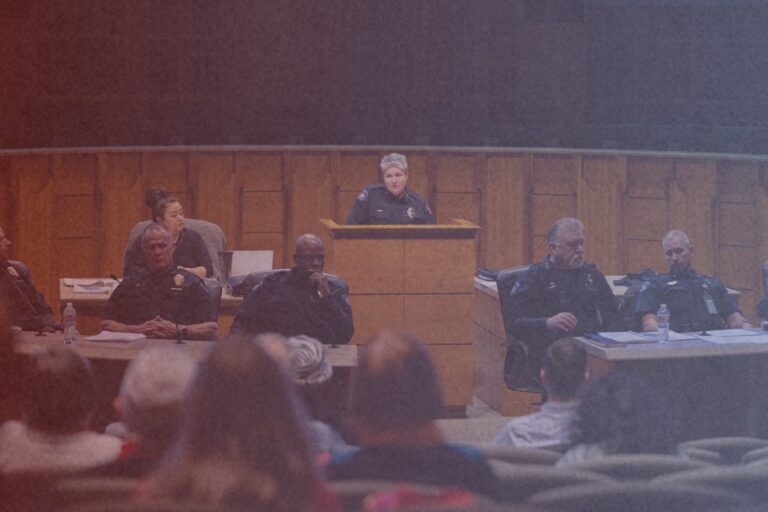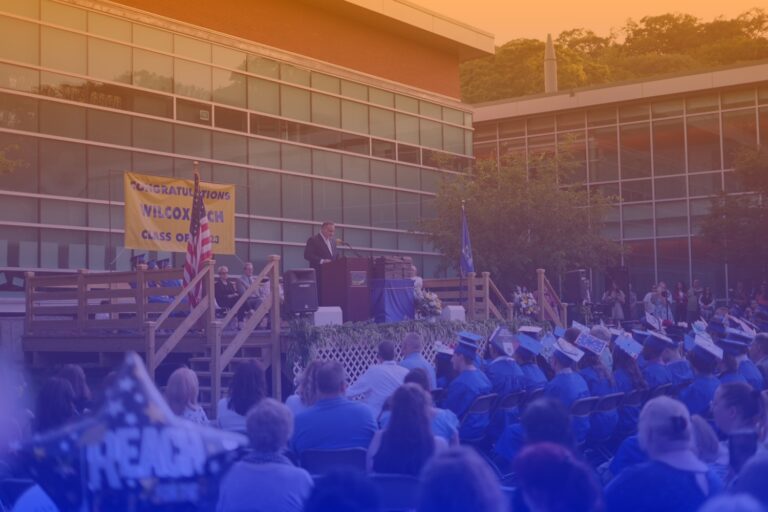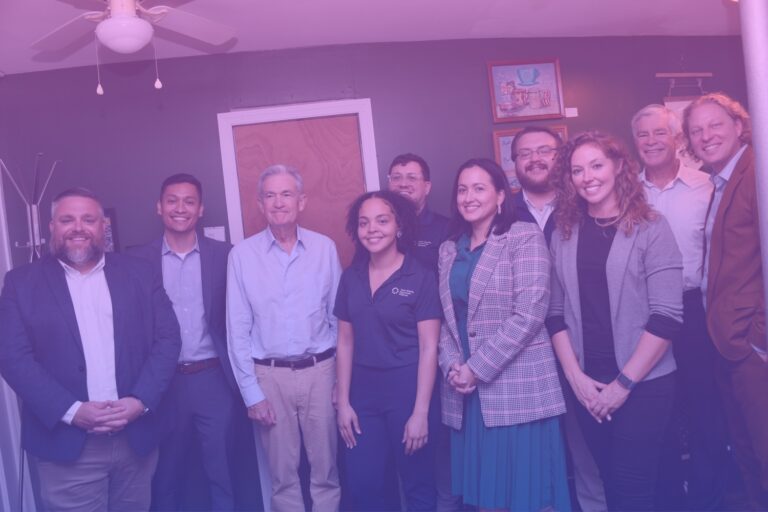The Sport Stadium Debate: Why Privately Owned Buildings Built With Public Money?
“Ever notice how there never seems to be enough money to build public infrastructure like mass transit lines and better schools, and yet, when a multibillion dollar sports team demands a new stadium, our local governments are happy to oblige?” wondered Robert Reich, American professor, author, lawyer, and political commentator.
We will get into that later, let’s look at the latest news.
Las Vegas is hosting the Super Bowl for the first time, made possible by Allegiant Stadium. Known as the Death Star, this modern arena was finished in 2020 and had a hefty price tag of $1.9 billion. Nevada taxpayers covered 39% of this cost, ranking it as the second most expensive sports stadium globally.
This stadium is among several recently constructed venues funded largely by taxpayer dollars. The promise made to residents is that allocating their hard-earned money to football, baseball, and basketball teams will benefit the community. But does this investment really pay off?
The Expensive Race of Sport Stadiums
Constructing a stadium is a complex endeavor, influenced by various elements such as plan approvals, location, quality of workmanship, material costs, and the intended capacity of the stadium. Among these, the capacity is arguably the most significant factor; larger stadiums generally come with higher construction costs. This trend has been evident throughout history.
How Does It Start?
Modern stadiums began to emerge during the early and mid-1900s, around the time of the two world wars. According to a recent paper in the Journal of Policy Analysis and Management, “Sports venues were almost exclusively privately financed until the 1930s, when they became largely public ventures.”
The 1960s and 1970s saw a surge in stadium construction as leagues expanded and teams relocated. Another significant construction boom occurred in the 1990s, with many new stadiums replacing older ones and new venues being built for expansion franchises.
The paper notes a decline in the public share of construction costs over the decades: “The median public share of venue construction costs declined from 70% in the 1990s and 2000s to approximately half of construction costs in the 2010s. Newly opened and planned venues in the 2020s have received roughly 40% of funding from taxpayers.”
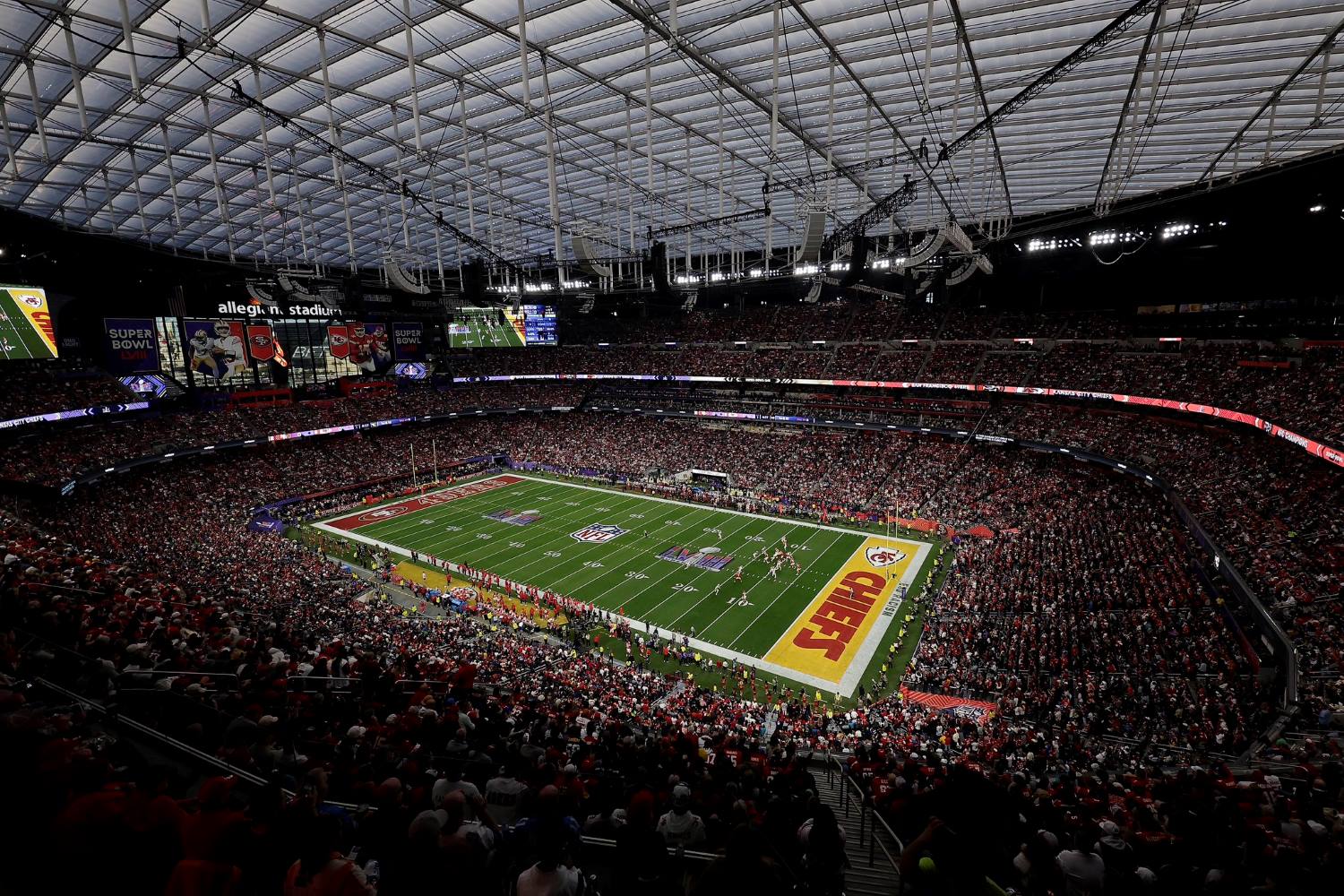
While the proportion of public financing for stadiums has decreased, the total amount of public money invested has increased. The authors of the paper report that the median public contribution rose from $168 million per stadium in the 1990s to $350 million in the 2010s, and now stands at $500 million in the 2020s across the four major U.S. sports leagues.
Even stadiums claimed to be privately funded can incur public costs. For instance, the New England Patriots’ Gillette Stadium, built in 2002 without direct public funding, still benefited from at least $70 million in state money for surrounding infrastructure improvements, as noted by the Boston Globe and cited by the paper’s authors.
This trend has persisted in the realm of sports stadiums. Today, there is a significant boom in stadium construction. Professional sports teams are evolving into real estate powerhouses, developing luxury apartments, shopping malls, and, of course, new stadiums.
The Loophole?
It all begins with the issuing of tax-exempt bonds from state and local governments that the federal government has signed off on for decades. These tax exemptions help lower the burden of high debt through low-interest municipal bonds used by cities and teams to pay for stadiums.
Since 1913, municipal bonds have been a popular financing option for things like airports, roads, hospitals, and schools. Private entities had access to public bonds but were subject to a volume cap that limits how many public bonds are issued per year. As for stadiums, they weren’t subject to that cap.
Fast forward to the 1980s, and we arrive at the Tax Reform Act of 1986, the bill intended to end tax exemptions for private use, including stadiums. Instead, the bill inadvertently created a loophole allowing stadiums to be backed by tax-free public bonds. So how does this loophole even work?
In order for stadiums to be exempt from federal taxation, they must fail one of two tests. There’s the private use case test, which boils down to no more than 10% of the money from the bond being used by a private entity. NFL teams will certainly pass this, since pro teams would use more than 10% of that bond money.
Then there’s the private payment test, also known as the 10% loophole. That test states that no more than 10% of the bond’s debt service is backed by the stadium itself. So if a state or local government is willing to finance at least 90% of the stadium bond, it fails the private payment test, meaning the stadium will get tax-exempt financing through public bonds.
To keep that tax exemption, repayment of the bond cannot come directly from revenues generated from the stadium or rent collection. Instead, cities rely on taxes like hotel taxes to pay off these bonds through tourism. Of course, that works differently depending on how many tourists the city attracts, and how things are set up varies from team to team. Just take Las Vegas and Chicago.
Steve Hill, CEO and President, las Vegas Convention and Visitors Authority said, “The stadium authority actually owns the stadium, but the benefit of the stadium goes to the Raiders. We leased the stadium to the Raiders at no cost, based on the concept that they would invest $1.25 billion into the stadium and receive the direct economic benefit. Meanwhile, the public contributes $750 million through a room tax.”
The Sport Stadiums Construction Boom
For decades, major league teams primarily relied on ticket sales, concessions, and TV deals to generate revenue. However, in recent years, team owners have increasingly turned to real estate development to boost their income and enhance the value of their franchises.
Billionaire owners have constructed numerous new stadiums and arenas, often with substantial taxpayer funding. From 1970 to 2020, state and local governments in North America spent $33 billion in public funds on stadium construction, with the median public contribution covering 73% of the costs, according to a study published last year.
These agreements often grant teams the rights to develop the land around their ballparks into offices, apartment buildings, hotels, and shopping malls.
“Stadiums are giant paperweights and are incredibly expensive,” said Geoffrey Propheter, an expert in the economics of sports stadiums at the University of Colorado Denver.
“Every time you get a new stadium, an owner wants to get real estate with it and the rights to develop everything around,” he said. “They can make more money with development rights than they can operating the stadium by itself.”
Teams’ ventures into real estate have substantial impacts on both sports leagues and urban development. Now, teams are viewed as real estate investments for billionaire owners, with stadiums often acting as central elements in mixed-use shopping and entertainment districts. Development rights around these stadiums have become a crucial part of public financing agreements.
For instance, the Washington Wizards and Capitals are planning to relocate from downtown Washington, DC, to Alexandria, Virginia. Alexandria will issue $2 billion in bonds to create a surrounding district featuring stores, restaurants, and an e-sports gaming facility.
In June 2023, Nevada legislators approved $380 million in public funding for a 30,000-seat ballpark for the Oakland A’s. Following approval from Major League Baseball owners, the team is expected to begin playing in Las Vegas in 2028.
This is the latest instance of significant public investment in professional sports stadiums. In the U.S., most franchises across the four major sports leagues—MLB, NFL, NBA, and NHL—are now valued at over $1 billion.
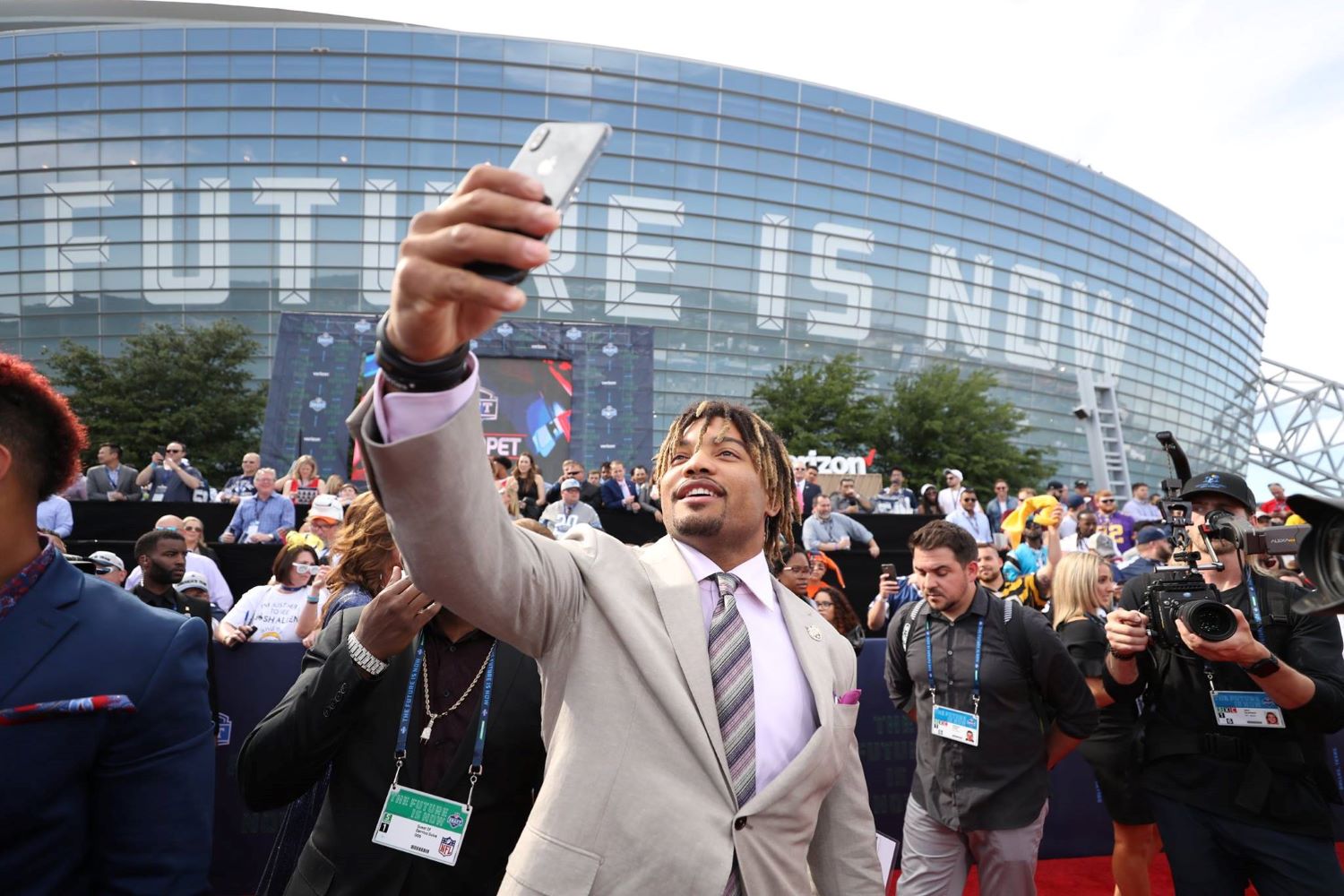
Since 2020, eight new stadiums or arenas have been constructed across the major U.S. sports leagues, with a total construction cost of approximately $3.3 billion. According to a September 2023 paper in the Journal of Policy Analysis and Management, around $750 million of that amount came from public funds.
Typically, government contributions are approved either through legislative action or public votes. For example, in April 2024, Kansas City voters overwhelmingly rejected a proposed sales tax increase to finance a new downtown stadium for MLB’s Royals.
“I like to say that you can fit a majority of the city council in the owner’s box but you can’t fit a majority of the electorate,” remarks John Charles Bradbury, an economist at Kennesaw State University.
In Las Vegas, the approved public funding represents about one-quarter of the total estimated $1.5 billion cost for the planned stadium. Proponents believe the new A’s stadium will generate thousands of jobs and have an annual economic impact of $1.3 billion, according to news reports.
Team owners aiming to construct or renovate major league sports stadiums frequently seek public funding amounting to hundreds of millions of dollars. However, research conducted over several decades shows that these investments rarely result in significant economic benefits for the host cities.
Broken Promises – Sport Stadiums are not Good for the Local
Despite iconic stadiums like Fenway Park, Wrigley Field, and Soldier Field standing for around a century, many modern stadiums have much shorter lifespans, with frequent replacements noted for teams like the Texas Rangers and Atlanta Braves. This trend raises questions about the efficacy of public investments in stadiums.
Research consistently shows that the economic benefits promised by new stadiums often do not materialize, with public subsidies not typically resulting in significant fiscal or job growth. Rather, these investments often merely shift economic activity within the community rather than creating new growth. For instance, the Arlington, Texas economy benefits at the expense of other areas when local stadiums are funded by taxpayers.
Studies have found that the tangible economic impact of sports stadiums is minimal and sometimes negative, with any potential benefits, such as increased local amenities, not justifying the high public costs. Intangible benefits, like civic pride, also fall short of covering these costs.
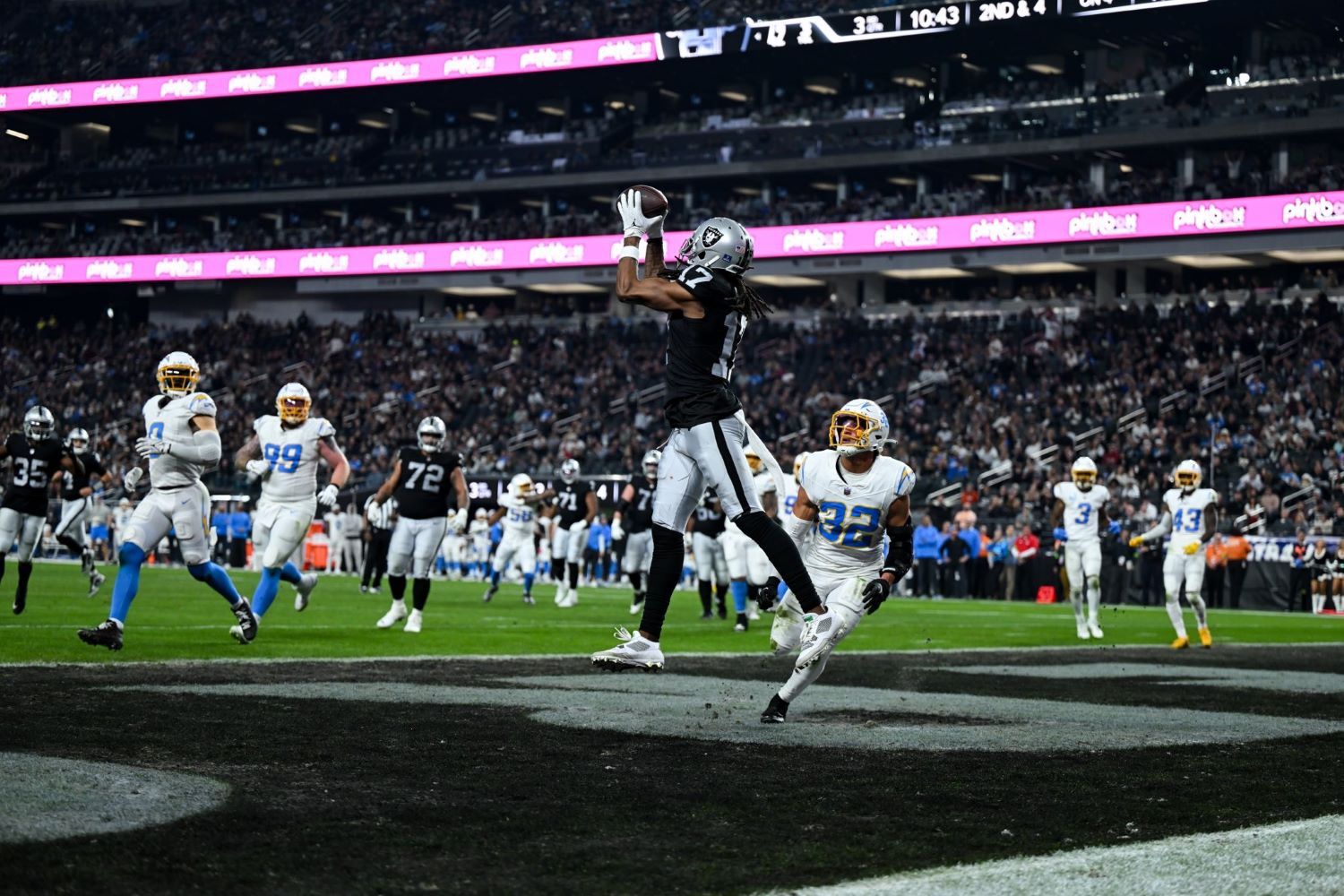
Public funding mechanisms, like tax-exempt municipal bonds, often lead to significant federal tax revenue losses without proportionate local benefits. Despite this, the concentrated benefits for team owners and certain local stakeholders keep the practice alive, often at the broader taxpayer’s expense.
The researchers suggest more critical news coverage and public referendums to align stadium subsidies with voter preferences and ensure careful consideration of costs and benefits.
A study published last year in the Journal of Policy Analysis and Management found that professional sports venues generate limited economic and social benefits, which fall far short of the large public subsidies they typically receive.
The study also noted that stadium subsidies transfer wealth from the general tax base to billionaire team owners, millionaire players, and the wealthy cohort of fans who regularly attend games. The primary beneficiaries of these lucrative redevelopment opportunities are typically the owners. Economist Andrew Zimbalist observed that, generally speaking, the people who come off well are the team owners and the developers.
A Well-Established Playbook – How Stadium Stick the Public with the Bill?
When demand a brand new facility, sport owners always stick to these steps in order to get what they want.
Buying Sport Teams As Initial Steps
As shared by Robert Reich, American professor, author, lawyer, and political commentator, “Just about every NFL franchise owner has a net worth of over a billion dollars except for the Green Bay Packers.”
He added, “The same goes for many franchise owners in other sports. Their fortunes don’t just help them buy teams but also give them clout – which they cash in when they want to get a great deal on new digs for their team.”
Put Pressures on Local Government
According to Robert Reich, since 1990, franchises in major North American sports leagues have intercepted upwards of $30 billion worth of taxpayer funds from state and local governments to build stadiums. And the funding itself is just the beginning of these sweetheart deals. Sports teams often get big property tax breaks and reimbursements on operating expenses like utilities and security on game days.
Most deals also let the owners keep the revenue from naming rights, luxury box seats, and concessions like the Atlanta Braves’ $150 hamburger. Even worse, these deals often put taxpayers on the hook for stadium maintenance and repairs.
“We taxpayers are essentially paying for the homes of our favorite sports teams, but we don’t really own those homes. We don’t get to rent them out, and we still have to buy expensive tickets to visit them. Whenever these billionaire owners try to sell us on a shiny new stadium, they claim it will spur economic growth from which we all benefit. But numerous studies have shown that this is false,” said Robert Reich.
What makes sports teams special is they’re one of the few realms of collective identity we have left. Billionaires prey on the love that millions of fans have for their favorite teams. This brings us to the final step in the playbook.
Threaten to Move the Team
A common trend among sports franchises is to demand brand new facilities, which are to be publicly funded. Teams will often threaten to leave their respective city trying to leverage new and expensive facilities in other places from their current cities. While many do this, it is rare to see a team move as cities often capitulate to the team’s demands.
For example, the Buffalo Bills threatened to move to Austin, Texas if the city of Buffalo did not pay for their 1.4 billion dollar stadium proposal (Partain).
Another good example of this billionaire boondoggle is the host of the 2023 Super Bowl: State Farm Stadium. That’s where the Arizona Cardinals have played since 2006. It was built after billionaire team owner Michael Bidwill and his family spent years hinting that they would move the Cards out of Arizona if the team didn’t get a new stadium. Their blitz eventually worked, with Arizona taxpayers and the city of Glendale paying over two-thirds of the $455 million construction tab.
Robert Reich expressed, “Obscenely rich owners threaten to – or actually do – rip teams out of their communities if they don’t get the subsidies they demand. Just look at the Seattle Supersonics. Starbucks founder Howard Schultz owned the NBA franchise but failed to secure public funding to build a new stadium. So, the coffee magnate sold the team to another wealthy businessman who moved it to Oklahoma.”
Redirect Resources and Money to the Right Points
The most egregious part of how the system currently works is that every dollar we spend building stadiums is a dollar we aren’t using for mass transit, hospitals, housing, or schools.
“We’re underfunding public necessities in order to funnel money to billionaires for something they could feasibly afford. So instead of spending billions on extravagant stadiums, we should be investing taxpayer money in things that improve the lives of everyone, not just the bottom lines of profitable sports teams and their owners. Because when it comes to stadium deals, the only winners are billionaires,” Robert Reich stated.
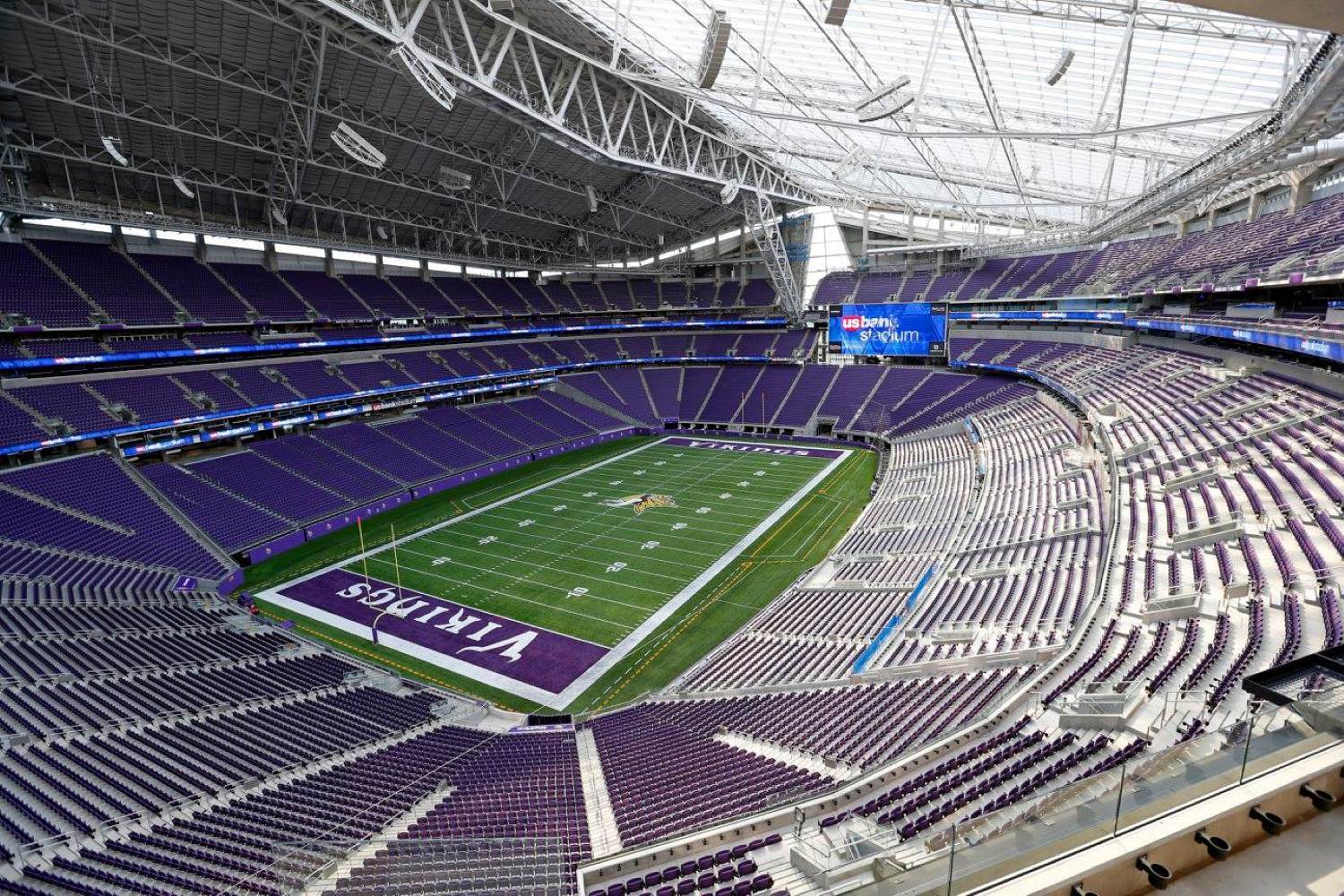
Government officials should begin taking steps to reduce opportunities for professional sports leagues and professional team owners to receive billions of dollars in subsidies and bailouts with little return for taxpayers and their local economies.
“I think every city could potentially brainstorm other possible land uses that are in demand and that there’s a market for, and it doesn’t have to be sports,” said Tracy Hadden Loh, Fellow at Brookings Institution.
Reducing or completely eliminating the use of public funds for stadiums has become an increasingly bipartisan issue. Since 2015, both Republicans and Democrats have expressed their shared interest in closing the loophole.
In 2015, the Obama administration proposed removing the 10% loophole for sports and other private projects.
In 2017, Democrat and Republican Senators Cory Booker and James Lankford introduced a bill outlawing the use of tax-exempt bonds for any pro sports venues. That same year, the Trump administration proposed eliminating the tax-exempt bonds for NFL stadiums through the administration’s tax reform bill.
Most recently, in 2022, Oregon Representative Earl Blumenauer introduced a new bill called the No Tax Subsidies for Stadiums Act of 2022. Yet no progress has been made on that bill.
Tracy Hadden Loh said, “I think this is something that state and local governments also need to be taking a look at, because especially for a team that serves multiple local jurisdictions, the team can, without leaving their market and without leaving their particular region, still try to pit local jurisdictions against each other in a bidding war over the exact location of a stadium within a region. And that is really a race to the bottom that needs to stop.”







